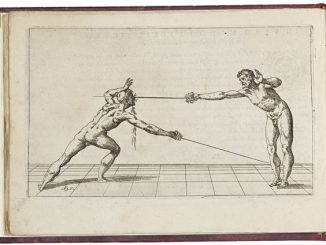
Is It Important To Weigh Target Values?
Tournament organizers gave different point values for different targets, and you’ll never guess what happened next!

Tournament organizers gave different point values for different targets, and you’ll never guess what happened next!

Why going at high intensity and having perfect control is not physically possible, no matter how much we want it to be.

Hanging targets for test cutting doesn’t give any sort of realistic impression of what a sword would actually do. Take my word for it, or read to find out why.
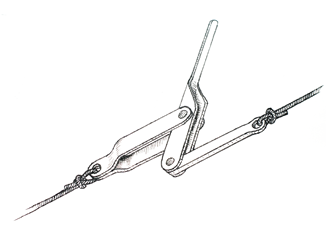
If you have had (good) formal instruction on longsword cutting mechanics, you would have been informed that you don’t want to create a levering action between your two hands. Here’s why.
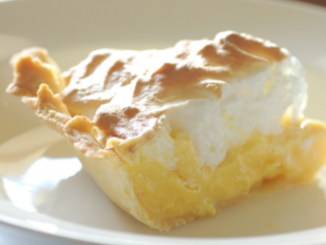
The more I think about tournament rules, the more it becomes apparent to me that a zero-sum solution to scoring will never get us the results we want. Also: lemon pie.
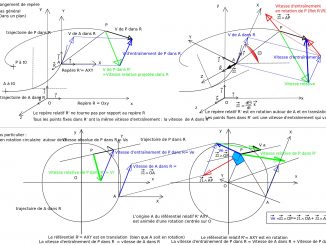
There are two different ways that things move: translationally and rotationally. If the big words scare you, think ‘straight’ and ‘spinny’.
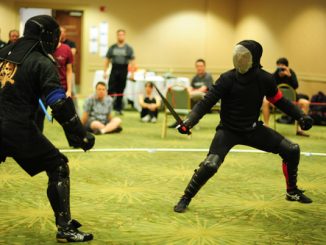
The afterblow is supposed to make fighters act with more concern for their safety. But whether it does or not is a different story. Lets have a look at the problem with the power of math.

A follow up to “How Much Does Initial Point Value Discourage Safe Attacks?” in which I sort the results based on participant skill.
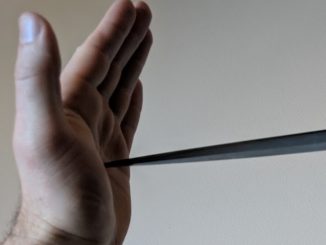
Does “It only takes 4 ounces of pressure for a sword thrust to pierce the body” make sense to you? Because from a physics standpoint it’s nonsense!

I recently came across a statement to the effect of “Having a 4 point target with only 1 point deducted for afterblow is too little. No matter what you still get 3 points and it doesn’t encourage the fighter to protect themselves.”
Copyright © 2025 | WordPress Theme by MH Themes